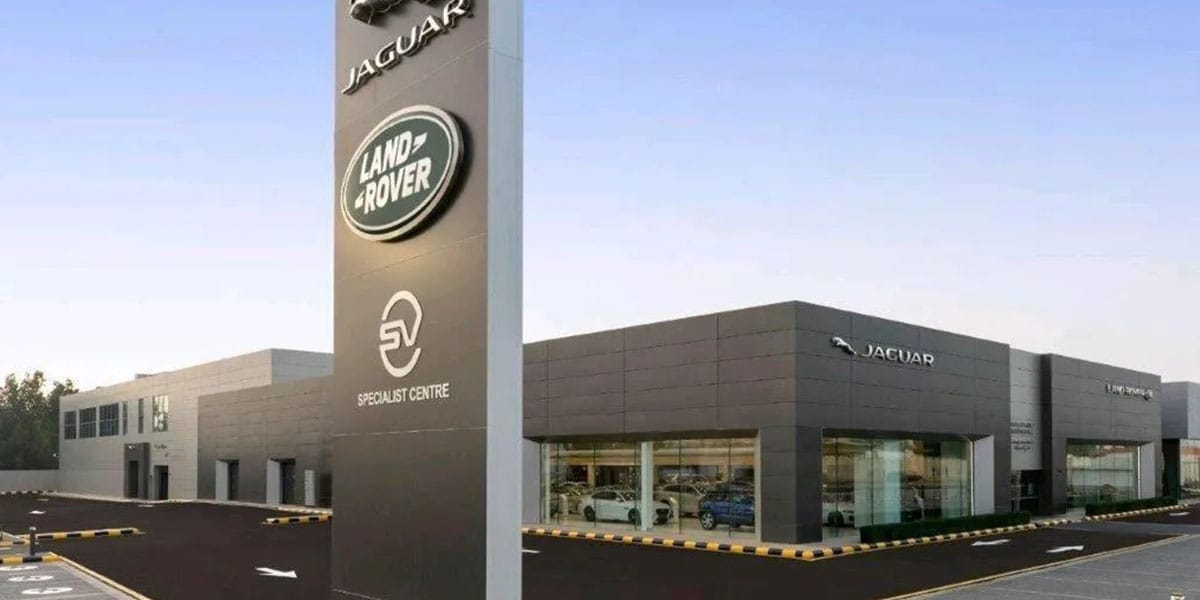
31 Jul A Complete Guide to Aluminum Composite Panels for Signage
Table of Contents
- 1 Key Takeaways
- 2 What Is an Aluminum Composite Panel?
- 3 Aluminum Composite Panels in Signage
- 4 ACP Composition and Properties
- 5 Benefits of Aluminum Composite Panels
- 6 Drawbacks and Solutions
- 7 Choosing the Right Aluminium Composite Panel for Signage
- 8 Aluminum Composite Panel ACP Installation
- 9 Maintenance for Composite Panels
- 10 ACP vs. Other Signage Materials
- 11 FAQ
You can find aluminium composite panel for signage in many signs today. These panels consist of two thin aluminum sheets with a core, making them lightweight yet strong. Many businesses choose aluminium composite panel for signage because they withstand harsh weather, retain their color, and display clear images. You can use aluminium composite panel for signage both indoors and outdoors. Using aluminium composite panel for signage makes installing signs faster and easier, saving time and money. The flat surface of an aluminium composite panel for signage is ideal for vibrant printing, helping your signs stand out. Additionally, aluminium composite panel for signage is environmentally friendly since recycling aluminum consumes much less energy than producing new metal.
Key Takeaways
Aluminum composite panels are strong and light. They do not get damaged by weather. This makes them good for signs inside and outside. These panels come in many colors and finishes. They also come in different sizes. This helps people make signs that look cool and stand out. ACP is simple to put up and take care of. This saves time and money. It also keeps signs looking new for a long time. Picking fire-retardant and certified panels keeps people safe. It also follows building rules. ACP is better than other materials in many ways. It is tough, not too expensive, and good for the planet because it can be recycled.
What Is an Aluminum Composite Panel?
Structure and Core Materials
Many people like acp sheets for signs because they are special. Each panel has two thin aluminum sheets on the outside. These sheets are stuck to a core in the middle. The core is made from polyethylene or a fire-retardant mineral. This makes the panels strong but not heavy. You can move them easily, but they are still tough for outside use.
The aluminum sheets can have different coatings. Some are shiny, some are dull, and some look like wood or marble. There are many colors to pick from, like white, black, red, blue, and metallic. Some acp sheets have a solid polyethylene core. Others have a fire-resistant mineral core for more safety. The glue that holds the layers is very strong. You can count on acp sheets to last a long time, even in bad weather.
Tip: When you pick acp sheets, make sure they meet safety rules like EN 13501-1 or ASTM E84. These rules help keep your aluminum composite panels safe in public places.
Thickness and Sizes
Acp sheets come in many sizes and thicknesses. Most aluminum composite panels are 3mm, 4mm, or 6mm thick. The usual thickness for signs is 4mm. The width is often between 40 and 62 inches. The length can be up to 196 inches. This helps you cover big spaces with fewer pieces.
Thickness (mm) | Common Widths (inches) | Max Length (inches) |
|---|---|---|
3 | 40, 49, 62 | 196 |
4 | 40, 49, 62 | 196 |
6 | 40, 49, 62 | 196 |
You can cut or shape acp sheets for your project. They are light, so putting them up is easy. You can use acp for small indoor signs or big outdoor ones. Brands like Alucobond and Dibond make acp sheets that follow strict quality and fire safety rules. When you pick aluminum composite material, you get something flexible and dependable for your signs.
Aluminum Composite Panels in Signage
Why Use ACP?
Aluminum composite panels are used in lots of signs today. They have many good points. When you pick an aluminum composite panel for signage, you get something strong and light. It is also easy to shape. ACP sheets do not get damaged by water, heat, or pollution. This means your signs last longer outside. The smooth surface lets you print bright pictures. Your message will be clear and easy to see.
Many businesses use composite panels for their signs. They help save money over time. You do not need to paint or seal them much. ACP sheets are good for the planet because you can recycle them. They cost less to keep up and put in than wood, stone, or concrete. They are lighter, so you can use them inside or outside.
ACP sheets follow fire safety rules. They work well where it is humid or the temperature changes a lot. You can bend, fold, or twist them into different shapes for cool designs.
Here is a table that shows why many businesses pick aluminum composite panels for their signs:
Aspect | Why ACP Is Effective for Signage |
|---|---|
Durability | Handles weather, moisture, and pollution |
Flexibility | Simple to cut, bend, and shape |
Cost | Cheaper over time than wood or stone |
Appearance | Lots of colors and finishes to choose from |
Environmental Impact | Can be recycled and saves energy |
Market Growth |
Common Applications
You can use aluminum composite panels in many ways. ACP sheets work for signs inside and outside. Here are some ways people use them:
Storefront signs and shop fascias
Outdoor advertising boards and billboards
Directional and wayfinding signs
Display panels at events or exhibitions
Letter backing for channel letters
Wall cladding in building applications
Aluminum composite panel for signage is common in busy places like malls, airports, and train stations. Many companies in ads, hotels, and stores use composite panels for their signs. ACP sheets are also used in creative projects, like museum displays and art shows. The smooth surface of aluminum composite panel acp makes it easy to print or engrave detailed pictures.
You can count on composite panels to work well inside and outside. They are light and strong, so they are easy to put up, even on big walls. ACP sheets help you make signs that look new and last a long time.
ACP Composition and Properties
 Aluminum Layers
Aluminum Layers
Composite panels have two thin aluminum sheets on the outside. These layers make the panel strong and protect the inside core. The aluminum is high quality, so it does not rust or corrode. Your signs will look good for a long time, even in bad weather. The aluminum sheets are thin, from 0.2 mm to 0.5 mm thick. This keeps the panels light but still tough. Many companies use special coatings for more protection. These coatings stop scratches and fading.
Aspect | Details |
|---|---|
Market Segmentation | Product types (Fire-Resistant, Anti-Bacterial, Anti-Static, Others), Coating types (Polyvinylidene Difluoride, Polyethylene, Polyester, Others), Application sectors (Building & Construction, Advertising Boards, Transportation, Others), Distribution channels (Direct Sales, Distributors, Online Sales) |
Market Analysis | Competitive landscape with company profiles (e.g., Alpolic®, Alubond U.S.A, Arconic), Market share analysis, Regional forecasts (e.g., Middle East & Africa) |
Statistical Data | Market size estimated at USD 6.5 billion in 2023, Projected growth to USD 10.2 billion by 2032, CAGR of 5.1%, Analysis of market drivers such as construction industry growth and coating technology advancements |
Core Types (PE, Fire-Retardant)
The core is the main part inside acp. There are two main kinds: polyethylene (PE) and fire-retardant (FR) mineral core. PE cores make the panels light and easy to move. They are good for most signs inside buildings. If you want more safety, pick fire-retardant cores. These cores have minerals that slow down fire. Many places need FR cores for outdoor signs or public buildings. You can check safety ratings and certificates to see the difference. Always look at local rules before picking a core.
You can use simple math like mean and standard deviation to test how strong each core is.
Harder tests, like ANOVA and Weibull analysis, show how long the panels last.
Engineers use models to guess how the core changes the panel’s strength outside.
Surface Finishes
Surface finishes change how acp looks and feels. You can choose matte, gloss, metallic, or wood grain. These finishes help your sign look special and match your style. Some finishes use coatings like polyvinylidene difluoride (PVDF) or polyester. These coatings keep the surface safe from sun, rain, and dirt. Composite panels with PVDF coatings last longer outside. That is why people use them for outdoor signs and building walls. You can clean these surfaces easily, so your signs stay bright.
Tip: Always ask for a finish sample before you buy. This lets you see the real color and texture.
Composite panels mix strong aluminum, a safe core, and a tough finish. This makes aluminum composite panels a smart pick for many uses.
Benefits of Aluminum Composite Panels
Durability and Weather Resistance
You want your signs to last. Aluminum composite panels give you strong protection against wind, rain, and sun. These panels do not rust or fade easily. Many tests show that acp can handle tough weather. For example, after 6000 hours of UV light, the color change is so small you cannot see it. Even after 12 years outside, the gloss stays bright. ACP does not crack in freezing weather or peel in heavy rain. The panels also resist acid rain and salt spray, which makes them a weather-proof choice for outdoor signs.
Test Type | Result for ACP Panels |
|---|---|
UV Aging (6000h) | Color change ΔE < 2.0 (not visible) |
Freeze-Thaw Cycling | No cracks |
Salt Spray (3000h) | Corrosion expansion ≤ 1mm |
Real-world Gloss (12 yrs) | 82% gloss retention |
You can trust acp as a durable building material for both indoor and outdoor signage.
Lightweight and Handling
When you choose aluminum composite panels, you get a sturdy and lightweight product. You can lift, carry, and install these panels with less effort. The three-layer structure, with two thin aluminum sheets and a plastic core, keeps the weight low. You can cut, drill, and shape acp easily. This saves you time and money during installation. The panels also stay flat, so your signs look smooth and professional.
You can move large panels without special tools.
You can shape acp into curves or angles for creative designs.
The lightweight nature makes it easy to mount signs on walls or frames.
Aluminum composite panels help you finish projects faster and with less labor.
Design Flexibility
You can create almost any sign you imagine with acp. These panels let you cut, route, and print in many ways. You can make custom shapes, 3D letters, or layered signs. Many finishes are available, such as metallic, matte, or wood grain. You can match your brand colors or add special effects. Advanced coatings protect your sign from scratches and fading, so your design stays fresh.
You can use CNC machines to make detailed cuts.
You can print high-quality images directly on the surface.
You can combine different finishes for a unique look.
The growing market for aluminum composite panels shows that more businesses value these benefits. Market reports say signage applications will grow from $1.3 billion in 2024 to $1.95 billion by 2032. You can see why so many people choose acp for creative, long-lasting, and eye-catching signs.
Drawbacks and Solutions
 Fire Safety
Fire Safety
It is important to think about fire safety with aluminum composite panels. Some ACPs have a polyethylene (PE) core that can burn in high heat. Scientists use special tests to see how fast ACPs catch fire and how much heat they make. These tests also show how long it takes for the panels to start burning. The results help experts make safety rules for buildings. You should always check if your panels follow local fire codes. Look for panels with fire-retardant (FR) cores. FR cores help slow down flames and lower fire risks. Companies now use better tests to make sure panels are safe for public places.
Tip: Always pick ACPs with certifications like EN 13501-1 or ASTM E84 for better fire safety.
Environmental Impact
You might worry about how ACPs affect the environment. Research shows ACPs are light, so shipping and installing them makes less pollution. Many panels use recycled aluminum, which saves energy and helps green building goals like LEED. Life cycle studies show making new aluminum uses lots of energy and makes greenhouse gases. But recycling aluminum uses less energy and cuts down on pollution. You can help the planet by picking ACPs with recycled content and recycling old panels when you are done with them.
Common Issues
You may see some problems with ACPs, especially in bad weather or after a long time. Here are some issues and ways to fix them:
Panels can be weak in strong storms or hurricanes.
Water can leak at joints during heavy rain.
The surface can crack, split, or break.
Chemicals or lightning can hurt the panels.
You can stop many problems by using stronger panels and sealing all joints to keep water out. Check your panels often to find cracks or damage early. Use safe inspection methods like looking closely or using sound waves to find hidden issues. Clean and get surfaces ready before repairs, and control temperature and humidity during fixes for the best results. Keep checking your panels to make sure they stay safe and strong for a long time.
Choosing the Right Aluminium Composite Panel for Signage
Picking the right aluminum composite panel is important. It helps your sign look good and last longer. You should think about the type, grade, finish, color, and certification. Each part helps your sign stand out and stay strong.
Types and Grades
There are different types of aluminum composite panels. Each one works best for certain jobs. Some are for indoor signs. Others are for outdoor signs or building walls. You should check the grade before you buy. The grade tells you how tough and safe the panel is.
Standard Grade is good for most indoor signs. These panels are light and easy to cut.
Sign Grade is made for outdoor signs. They can handle bad weather and stay flat.
Fire-Retardant Grade has a mineral core. It slows fire and meets safety rules.
High-Performance ACP Panels are extra strong. They have better coatings and last longer. Use them for big or tough signs.
Industry rules help you pick the right acp panel. Look for panels that meet UL-94 Flame Class or ASTM/Mil-Spec. Some also follow FAR 25.853 Flammability and Smoke rules. Other panels meet RoHS and REACH for safety and the environment. Brands like Dibond and Piedmont Plastics have guides. These guides show the types and uses of aluminum composite panels. Many suppliers can cut panels to the size you need.
Tip: Always ask for a grade chart or check the product guide. This helps you pick the right panel for your job.
Finishes and Colors
The finish and color change how your sign looks and lasts. You can pick matte, gloss, metallic, or wood grain. Some panels have special coatings. These coatings protect from sun, rain, and dirt. PVDF coatings are great for outdoor signs. They keep colors bright and surfaces smooth.
You can choose from many colors. Brands have color charts with lots of choices. Some panels let you print custom pictures right on them. This makes your sign special and easy to notice. If you want your sign to match your brand, ask for a color sample first.
Finish Type | Best Use | Features |
|---|---|---|
Matte | Indoor signs | Soft look, hides fingerprints |
Gloss | Outdoor signs | Bright, easy to clean |
Metallic | Modern designs | Shiny, stands out in sunlight |
Wood Grain | Special projects | Natural look, unique texture |
Note: Always check if the finish works outside. Some finishes last longer in the sun and rain.
Certifications
Certifications show your aluminum composite panel is safe and high quality. Always look for panels with fire safety certifications. This is very important for public places or big buildings. Panels with mineral cores often have B1 or A2 fireproof ratings. These ratings mean the panel slows fire and keeps people safer.
Companies like Alumetal make certified fireproof panels. These panels pass hard tests for fire, smoke, and heat. Good panels also use strong coatings like PVDF. These coatings protect from sun and bad weather. Reports show certified panels last longer and work better for signs.
You can trust panels with UL-94, ASTM E84, or EN 13501-1 certifications. These prove the panel is safe and strong. Always ask your supplier for proof before you buy.
If you want your sign to last and follow the rules, always pick certified panels.
Aluminum Composite Panel ACP Installation
Preparation
You need to prepare carefully before you start the installation procedure. Begin by checking the building surface. Make sure it is clean, dry, and strong. Fix any cracks or holes you find. Use a level to see if the wall is straight and square. If the wall is not even, your panels may not fit right. Take exact measurements of the area. Plan where each aluminum composite panel acp will go. Mark spots for any lights or fixtures. Build a sturdy frame using metal or wood. Anchor this frame tightly to the building. Attach vertical and horizontal supports to the frame. Use a level to keep everything straight. Run plumb lines or use a laser to check your lines at every step. Set a base control line to help keep your panels level and square.
Mounting Methods
You can use different ways to mount your panels. Many people use mechanical fasteners like screws or rivets. These hold the panels tightly to the frame. Some systems use special clips that let the panels move a little. This helps when the weather changes. You can also use strong adhesives for a smooth look. Always follow the manufacturer’s instructions for spacing and fixing. Leave small gaps between panels for expansion. Use sealant to keep water out of the joints. Double-check that each panel sits flat and lines up with the others.
Mounting Method | Best Use | Notes |
|---|---|---|
Screws/Rivets | Most outdoor signs | Strong and secure |
Clips | Large or flexible panels | Allows for movement |
Adhesive | Smooth, seamless look | Needs clean, dry surfaces |
Safety Tips
Stay safe during installation and maintenance of acp. Wear gloves to protect your hands from sharp edges. Use safety glasses when cutting or drilling. Work with a partner when lifting large panels. Make sure ladders and scaffolds are stable. Keep your work area clean to avoid trips and falls. Always follow local building codes and safety rules. If you use power tools, check that they work well and have guards in place.
Tip: Take your time with each step. Careful work helps your panels last longer and look better.
Maintenance for Composite Panels
Cleaning
You should clean your aluminum composite panels regularly to keep them looking new. Use a soft cloth or sponge with mild soap and water. Avoid harsh chemicals or rough brushes. These can scratch the surface or damage the finish. Rinse the panels with clean water after washing. Dry them with a soft towel to prevent water spots. For tough stains, use a gentle cleaner made for metal surfaces. Always test any new cleaner on a small area first.
Tip: Clean your panels at least twice a year. In dusty or busy areas, you may need to clean them more often.
Damage Prevention
You can prevent most damage by following a few simple steps. Keep sharp tools and heavy objects away from the panels. Do not lean ladders or equipment against them. When you move or install panels, handle them with care. The lightweight design makes them easy to carry, but you should still avoid dropping them. Check the mounting hardware often. Tighten any loose screws or fasteners. Make sure the sealant around the edges stays in good shape to block water and dirt.
Prevention Step | Why It Matters |
|---|---|
Use soft cleaning tools | Prevents scratches |
Inspect hardware | Stops panels from shifting |
Protect edges | Blocks water and dirt |
Repairs
If you find a scratch or dent, you can fix it quickly. For small scratches, use a touch-up pen that matches the panel color. For dents or larger damage, you may need to replace the panel. Always remove damaged panels carefully. Check the frame and supports before you put in a new one. If you see loose or missing sealant, add fresh sealant to keep out water. For big repairs, ask a professional for help. This keeps your sign safe and looking its best.
Note: Regular checks help you find problems early. Quick repairs stop small issues from getting worse.
ACP vs. Other Signage Materials
 PVC and Acrylic
PVC and Acrylic
You may see many signs made from PVC or acrylic. PVC is a plastic material that feels light and easy to cut. Acrylic looks like glass and gives a shiny finish. Both materials work well for indoor signs. You can use them for menu boards, nameplates, or display panels. PVC costs less than many other materials. Acrylic gives you a clear and bright look.
However, PVC and acrylic do not handle outdoor weather as well as aluminum composite panels. Sunlight can make them fade or crack. Strong winds may bend or break them. If you want signs for outdoor applications, you may need to replace PVC or acrylic more often.
Note: PVC and acrylic are best for short-term or indoor applications where weather is not a big problem.
Metal and Others
You might also consider solid metal, wood, or foam board for your signs. Solid metal signs, like aluminum or steel, last a long time and resist weather. These signs feel heavy and cost more to install. Wood signs look classic and warm. Foam board signs are light and cheap, but they do not last long outside.
Aluminum composite panels give you a balance between strength and weight. You can use them for many applications, from outdoor billboards to indoor displays. They do not rust like steel or rot like wood. You can shape them more easily than solid metal.
Material | Weight | Durability | Cost | Best Use |
|---|---|---|---|---|
ACP | Light | High | Moderate | Indoor/Outdoor |
Solid Metal | Heavy | Very High | High | Outdoor |
Wood | Medium | Medium | Moderate | Indoor |
Foam Board | Very Light | Low | Low | Short-term Indoor |
Unique ACP Advantages
Aluminum composite panels stand out for many reasons. You get a smooth surface that is perfect for printing sharp images. The panels stay flat and do not warp. You can choose from many colors and finishes. ACP works for both indoor and outdoor applications. You can cut, bend, or shape the panels for creative designs.
You also save time and money on installation because ACP is light. The panels resist water, sun, and pollution. You can recycle them when you no longer need your sign. These features make ACP a smart choice for many signage applications.
Tip: If you want a sign that lasts, looks great, and fits many uses, ACP is often the best option.
You have learned that aluminium composite panel for signage gives you many benefits. You get a strong, lightweight, and weather-resistant material. You can choose from many colors and finishes. When you compare ACP to other materials, you see it lasts longer and looks better. Think about your project needs. Talk to a signage expert if you want the best results.
Ready to explore more options? Contact a professional to find the right ACP for your next sign!
FAQ
What is the lifespan of aluminum composite panels in signage?
Aluminum composite panels can last from 10 to 20 years. They do not get damaged by weather or sunlight. Pollution does not hurt them much. If you clean them often, they will look nice for a long time.
Can you print directly on aluminum composite panels?
You can print right onto the flat surface. UV printing and screen printing both work well. The colors stay bright and clear on the panels.
Are aluminum composite panels safe for outdoor use?
These panels are good for outdoor signs. They do not get ruined by rain, wind, or sun. Pick fire-retardant panels if you need extra safety in busy places.
How do you cut or shape aluminum composite panels?
You can cut the panels with simple tools like a circular saw. Always wear safety gear when you cut them. For special shapes, use CNC machines to get smooth edges.
Do aluminum composite panels require much maintenance?
You do not have to do much to take care of them. Wash the panels with gentle soap and water. Check if any screws or sealant are loose. Fixing small problems fast keeps your sign looking good.

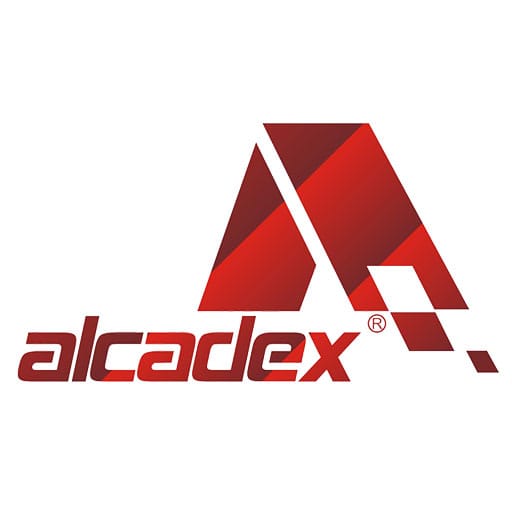

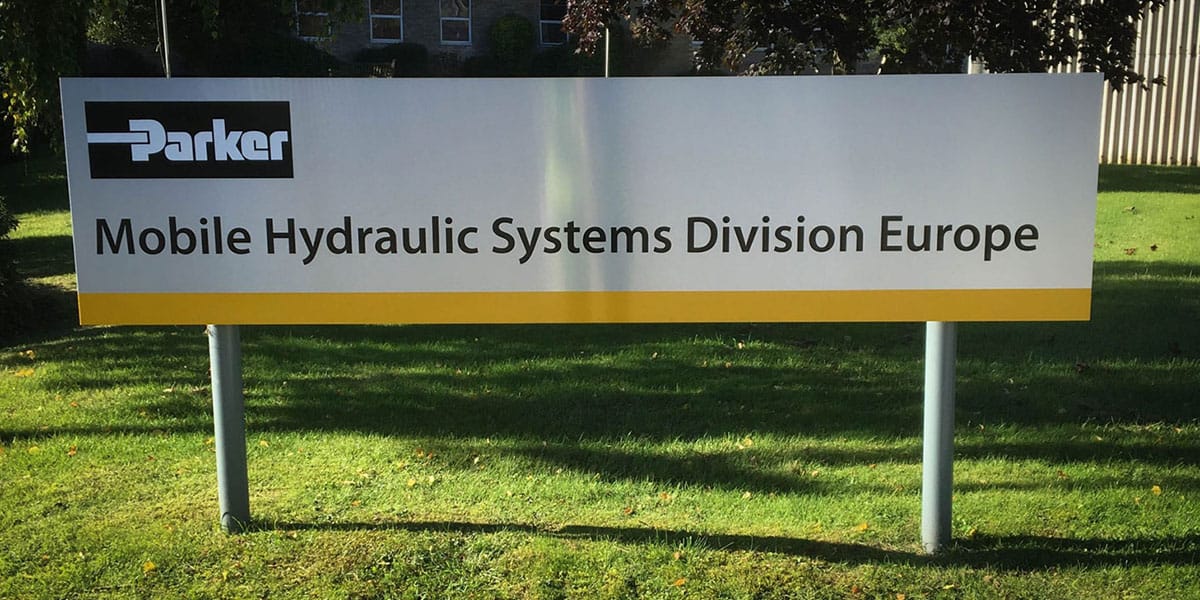 Aluminum Layers
Aluminum Layers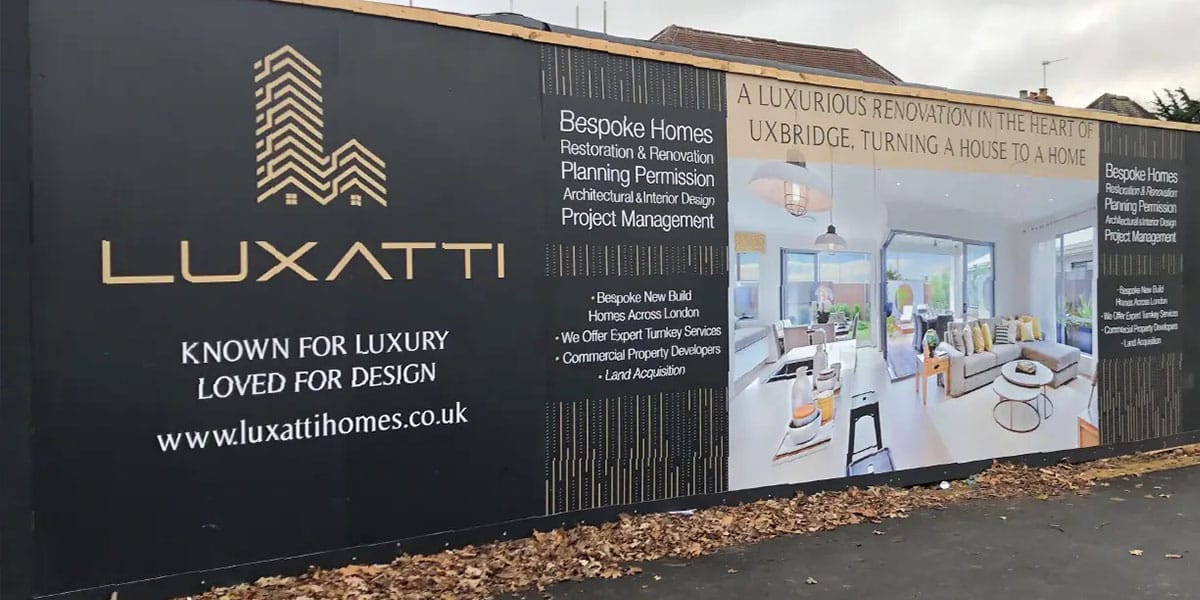 Fire Safety
Fire Safety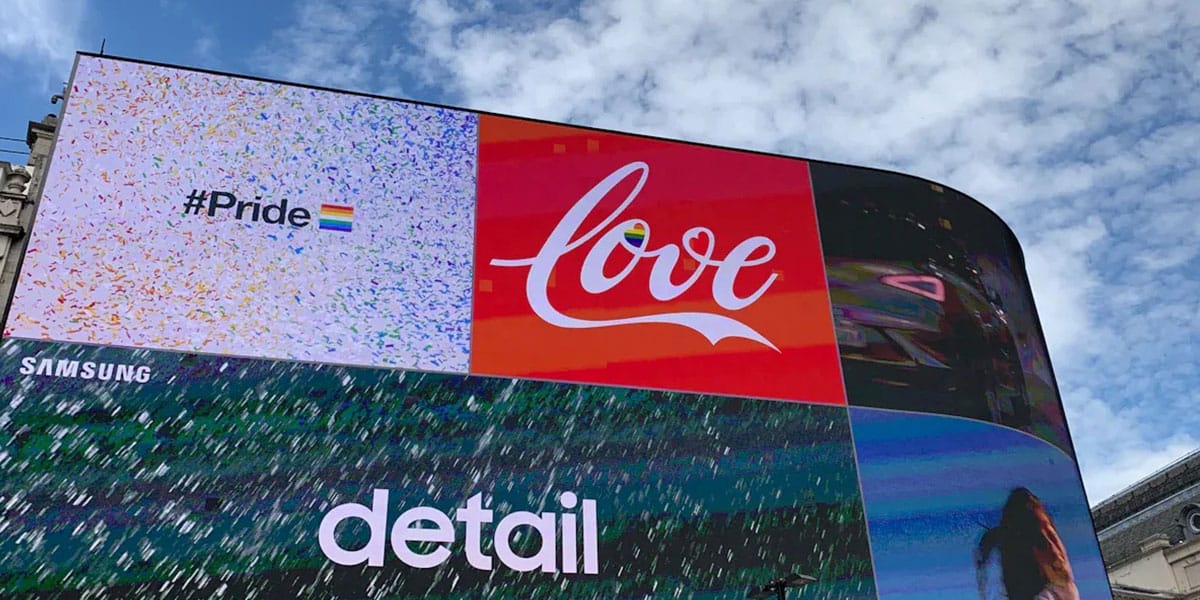 PVC and Acrylic
PVC and Acrylic